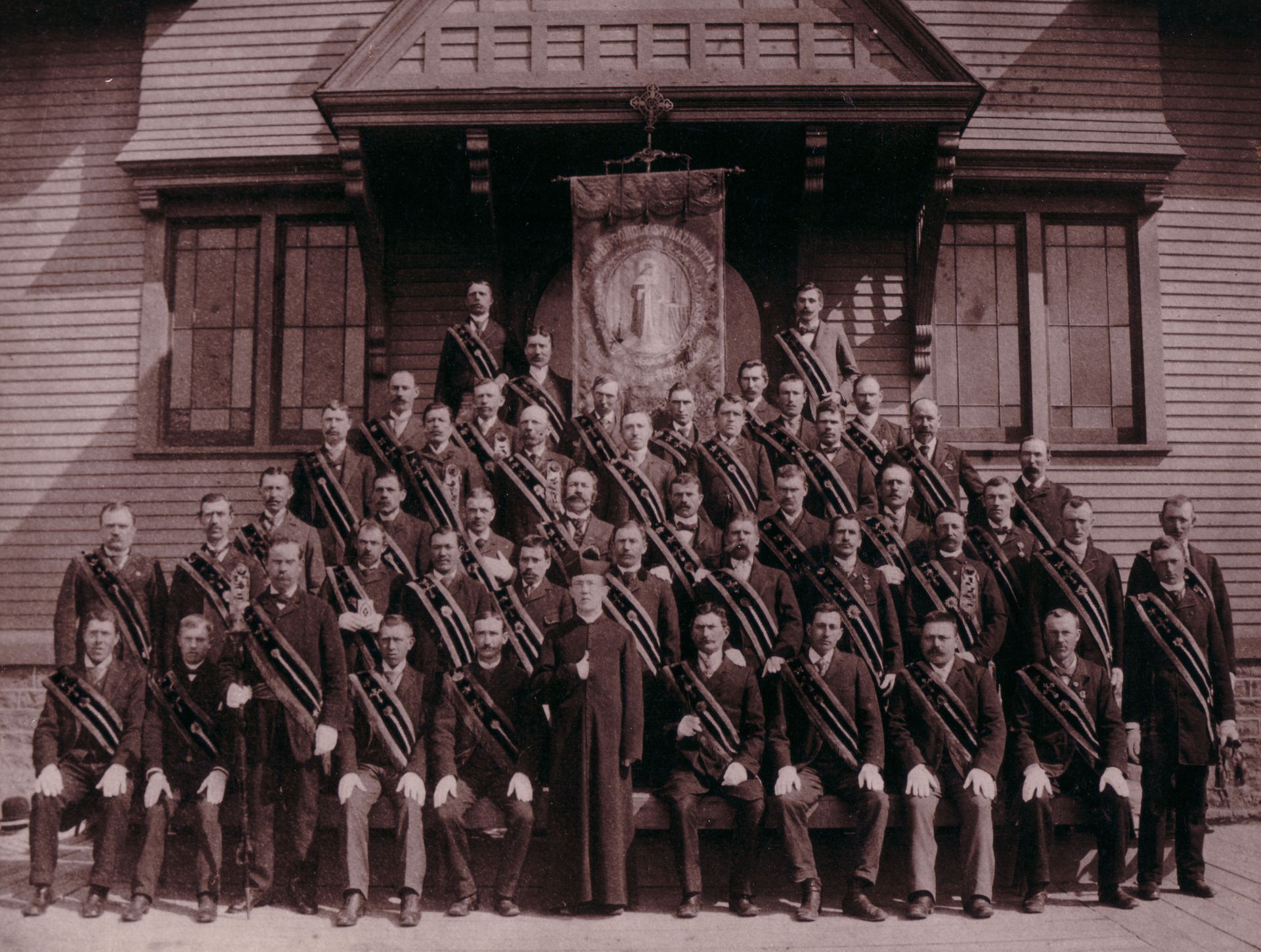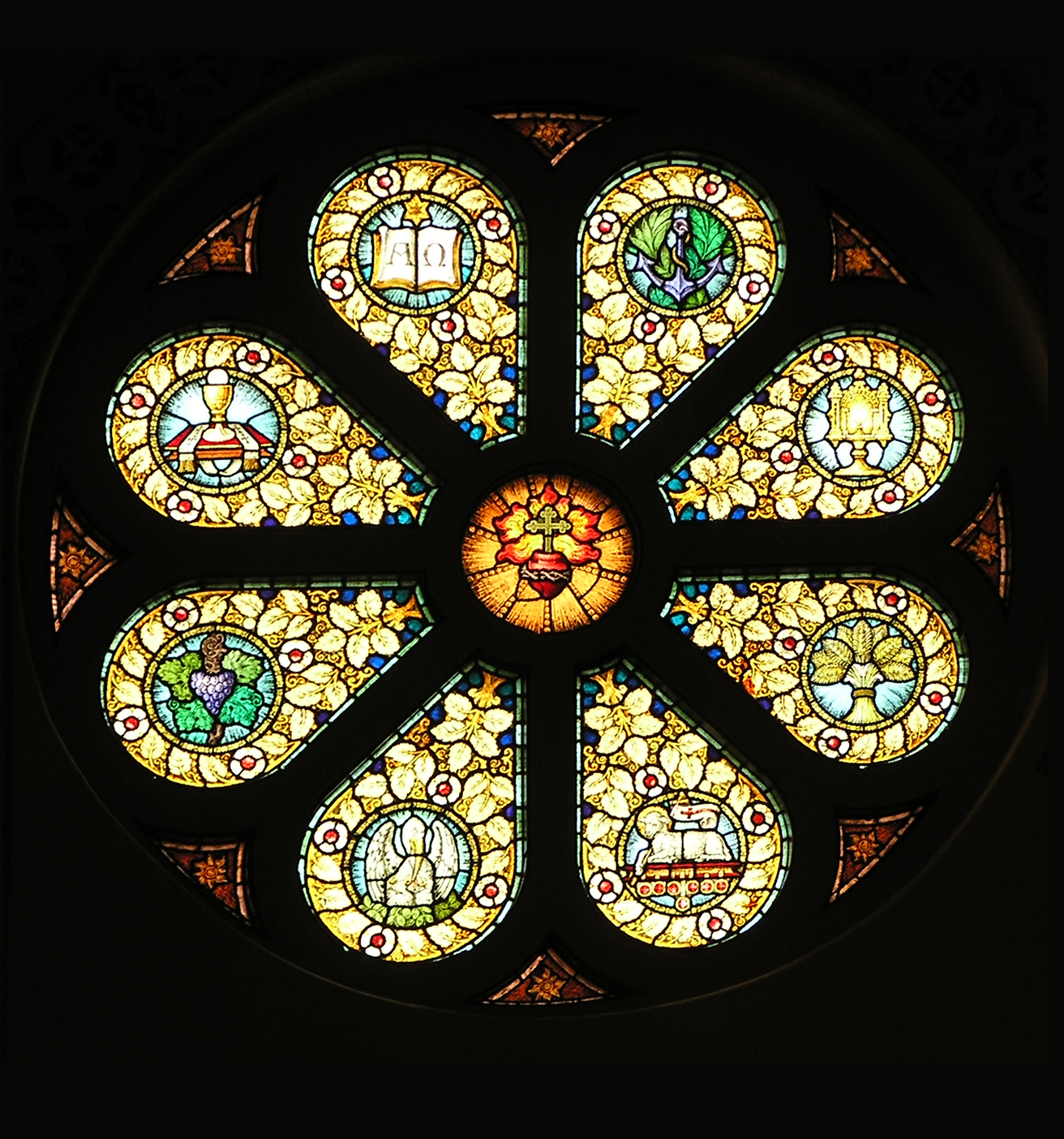March 12, 2019
In the spring of 1887, a group of perhaps two dozen men gathered in a meeting room at St. Michael’s Church and committed themselves to an ambitious goal: they would build a new church, one for their families and other Polish immigrants, a church that would serve as the unifying center for the Polish community in Rochester. These were enterprising men who were not afraid of challenges. They and their families had left a homeland carved into sections by Prussia, Russia, and Austria-Hungary, traveled by train or cart or on foot to Baltic ports for a ten-day Atlantic crossing, and made their way to Rochester to seek employment in factories, garment mills, and an array of growing industries. Most of this early group of Roman Catholic Polish settlers came from Poznania, the German-controlled area of their homeland (and began arriving a decade later than Polish Jews who had established a congregation, Temple Beth Israel, in 1874). Because these newcomers spoke German, they were able to secure jobs in industries founded by German immigrants and they gravitated to the city’s German parishes In the early 1880s, Polish families in Rochester were scattered among four German churches: St. Joseph’s, St. Boniface, Holy Redeemer, and St. Michael’s. Despite their knowledge of the language, however, the Poles did not feel comfortable in these parishes. Their homeland’s history of bitter conflict with Germany, along with their loyalty to Polish religious and national traditions, made assimilation into the German community unlikely. As they sought each other out for companionship, the Poles began to discuss the possibility of establishing their own parish. So it was that on May 16, 1887, the Society of St. Casimir (Towarzystwo Św. Kazimierza) was formally proclaimed at St. Michael’s Church. There is evidence that an organization of that name existed earlier at St. Joseph’s Parish, but the society’s official origin can be reliably traced to St. Michael’s and the commitment to begin raising funds for a Polish church. As it happened, that same year the pastor and parishioners of St. Michael’s announced plans to construct a new, magnificent church of Gothic design on their North Clinton Avenue property. It is worth noting that the Poles’ decision to strike out on their own coincided with that announcement. Perhaps they were inspired by the German community’s initiative and resolve. Perhaps they felt that, if they were going to contribute to construction of a new church, it should be a church with Polish identity.







